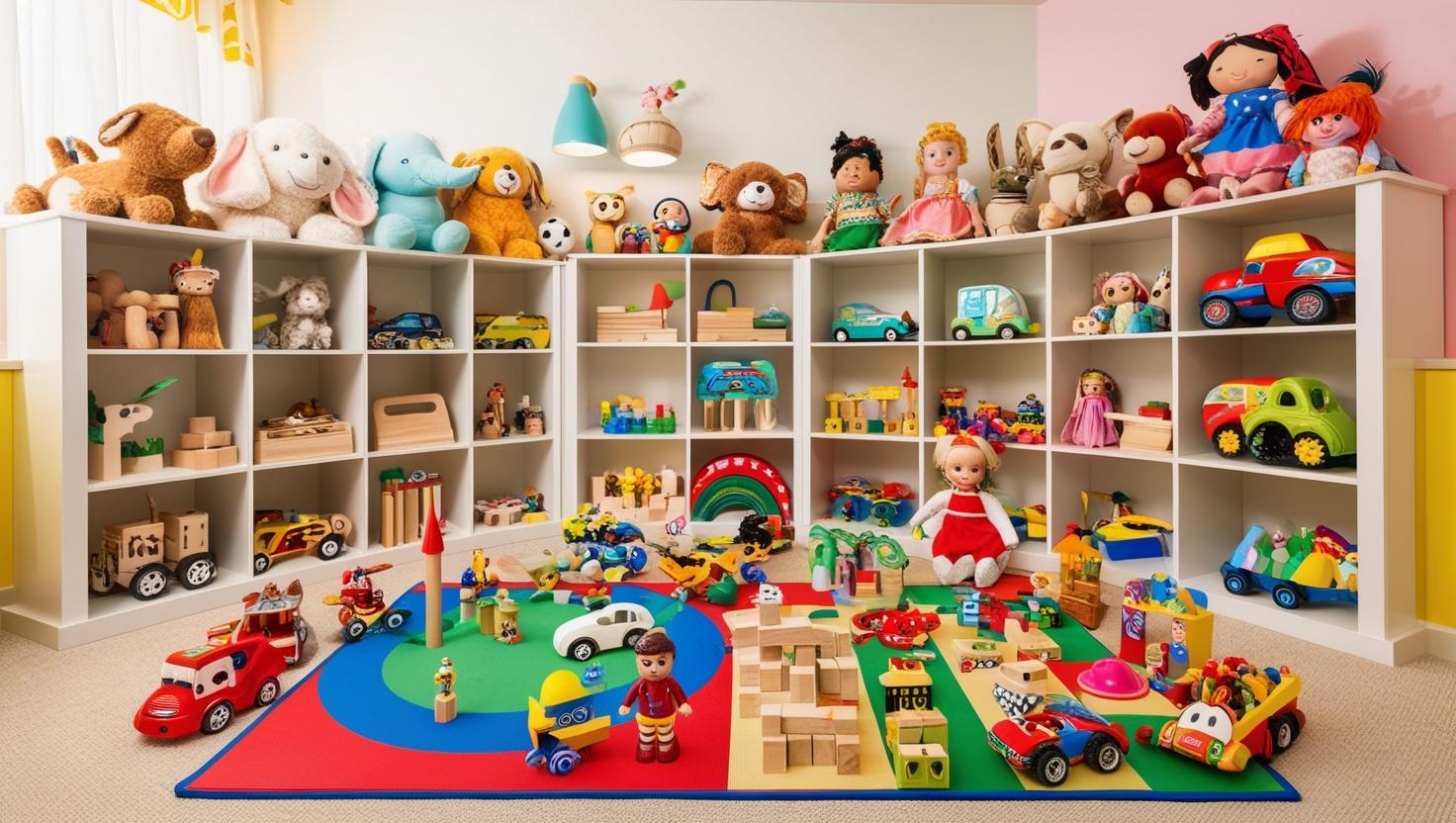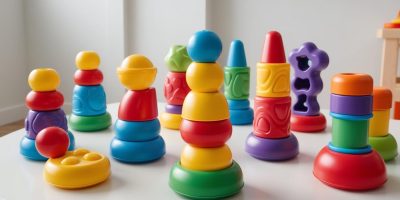When it comes to STEM toys, most parents know the big names: LEGO, Osmo, Snap Circuits, and KiwiCo. But what about the lesser-known gems that don’t have huge marketing budgets—but still deliver amazing educational value?
We’ve dug deep to find the best STEM toys you probably haven’t heard of—yet. These hidden treasures spark curiosity, boost brainpower, and most importantly, kids actually love playing with them.
1. Turing Tumble: Mechanical Computer Puzzle
Best for: Ages 8+
Why it’s awesome:
Turing Tumble is part puzzle, part storytelling, and part computer science lesson. Kids build marble-powered logic circuits that teach them how computers really work—no screens involved.
Teaches: Logic, binary, cause-and-effect, basic programming principles
2. GeoSmart Mars Explorer
Best for: Ages 5–10
Why it’s awesome:
This magnetic STEM kit lets kids build their own space rover using geometric magnetic shapes and motors. It combines space exploration themes with hands-on building fun.
Teaches: Engineering, geometry, problem-solving
3. Makeblock Neuron Explorer Kit
Best for: Ages 6–12
Why it’s awesome:
This modular electronics kit works like a smart LEGO set. Kids snap together blocks that light up, play music, or react to motion, all without complex wiring.
Teaches: Coding logic, electronics, creative design
4. Beasts of Balance
Best for: Ages 7+
Why it’s awesome:
Part tabletop game, part interactive app, Beasts of Balance challenges kids to stack physical animal figures while balancing digital ecosystems in an app. It’s a hit with families.
Teaches: Strategy, balance, digital-physical interaction, storytelling
5. Pixicade Mobile Game Maker
Best for: Ages 6–13
Why it’s awesome:
Kids draw their own video game characters and levels on paper, then scan them into a mobile app that brings them to life as a playable game.
Teaches: Creativity, game design, logical thinking
6. Botley 2.0 the Coding Robot (by Learning Resources)
Best for: Ages 5–9
Why it’s awesome:
Unlike many robots, Botley doesn’t require a screen. Kids use a remote programmer to control Botley through mazes and tasks—learning basic coding logic in a playful way.
Teaches: Early coding, sequencing, spatial awareness
7. Kano PC or Kano Pixel Kit
Best for: Ages 6–14
Why it’s awesome:
Kano kits are build-it-yourself computers and coding tools made kid-friendly. The Pixel Kit teaches kids to animate lights with code, while the Kano PC turns them into tech tinkerers.
Teaches: Real coding, hardware literacy, digital art
8. Clixo Creative Magnetic Play System
Best for: Ages 4+
Why it’s awesome:
Clixo uses flexible magnetic pieces that snap, twist, and bend to form endless 3D structures. It’s like origami meets engineering—lightweight, travel-friendly, and mess-free.
Teaches: Engineering, spatial thinking, creativity
9. Qobo the Coding Snail
Best for: Ages 3–6
Why it’s awesome:
Designed for preschoolers, Qobo teaches early sequencing by following coding cards placed on the floor. It’s intuitive, screen-free, and shaped like an adorable snail.
Teaches: Pre-coding, directionality, early logic skills
10. Marbotic Smart Numbers & Letters
Best for: Ages 3–7
Why it’s awesome:
These wooden number and letter pieces work with tablets to create a tactile, phonics-rich experience. Kids see what they touch and interact with it digitally.
Teaches: Literacy, numeracy, phonics, tablet skills
Final Thoughts
The best STEM toys aren’t always the ones with the flashiest packaging or TV ads. Sometimes the hidden gems—often made by smaller, innovative companies—deliver the most engaging learning experiences.
Try mixing a few of these lesser-known toys into your child’s rotation. You might be surprised which ones they ask for again (and again).





